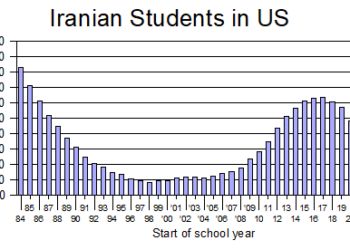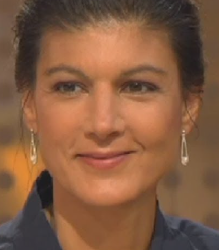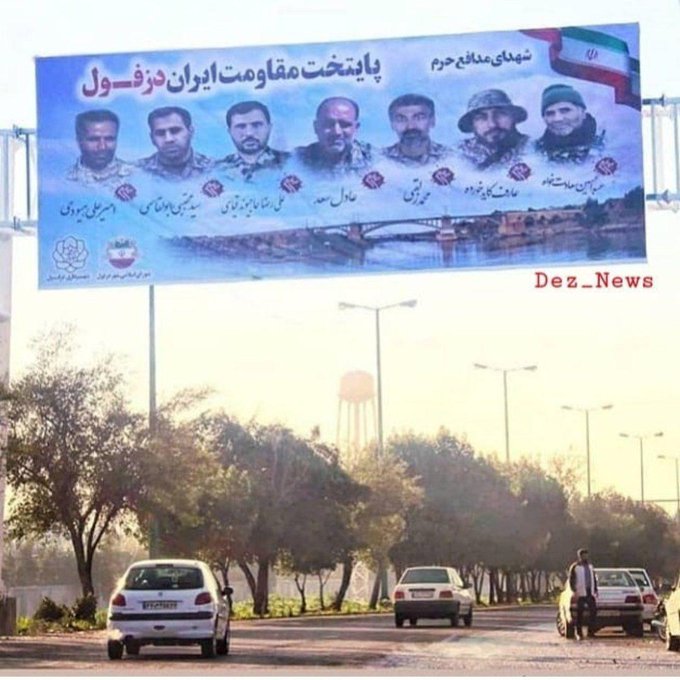March 15, 2019

The Trump Administration has used the Iranian Embassy building in Washington, DC, as a tool with which to skewer the Islamic Republic for violating international law by seizing the US Embassy in Tehran and using it as an anti-American museum.
The State Department has produced a video that it is broadcasting into Iran showing how it treats the Iranian Embassy in what appears to be an effort to embarrass the regime before its own public. The Farsi video has been posted to Facebook, YouTube, Twitter and other platforms.
The video highlights how the US government is going to great lengths to maintain the old Iranian Embassy.
“The US State Department has been maintaining it for almost 40 years, taking care of security and landscaping,” Brian Hook, the administration’s senior official dealing with Iran, says in the video. “Even the Persian rugs and artwork are still preserved in temperature-controlled storage facilities to give back to the Iranian people once our diplomatic ties are restored. I wish I could say the same for the government of Tehran.”
The message offers a window into one piece of the administration’s multipronged strategy for dealing with Iran. While targeting the regime with increasingly harsh rhetoric, the administration is using a much softer approach in speaking directly to the Iranian people. The strategy isn’t new. Other administrations have tried to talk past the government in Tehran and reach the population directly.
“The people of Iran will not achieve their enormous potential so long as the regime pursues its current course of oppression, economic mismanagement, environmental destruction and violent misadventures abroad,” Hook says in the video. “We look forward to the day when we can return the keys of this embassy to a truly representative Iranian government that is motivated not by a hateful, antiquated, revolutionary ideology but by the interests and will of the great Iranian people. The people of Iran should be free to finally make their own laws with leaders chosen by them and not by a corrupt religious mafia.”
A recent article by Ray Takeyh, a senior fellow for Middle East Studies at the Council on Foreign Relations, says the Iranian regime “faces a restive population whose economic and political demands will not be met on the government’s current trajectory.
“The public has given up on the notion that the regime can reform itself,” Takeyh wrote. “The government’s inability to clamp down on demonstrations and strikes augurs poorly for its future. The Islamic Republic and its constituents are on different wavelengths. The public would like more freedom and a less expansive foreign policy; the mullahs, just the reverse. But how long this incongruity can last is an open question.”
The old embassy buildings have been managed by the US State Department since relations were severed early in 1980. The embassy itself has been used by the State Department to issue license plates to diplomats in Washington. The ambassador’s residence next door has been rented for weddings and other social events. The rental receipts are deposited in a special bank account and belong to Iran. The funds are used by the United States to maintain the buildings and upkeep on the grounds.
The US Embassy in Tehran is partly used by the Pasdaran as a school. Other parts of it are open to the public and are used as a museum dedicated to proving that the embassy was a “den of spies” and that Iran was therefore justified in seizing it.



















